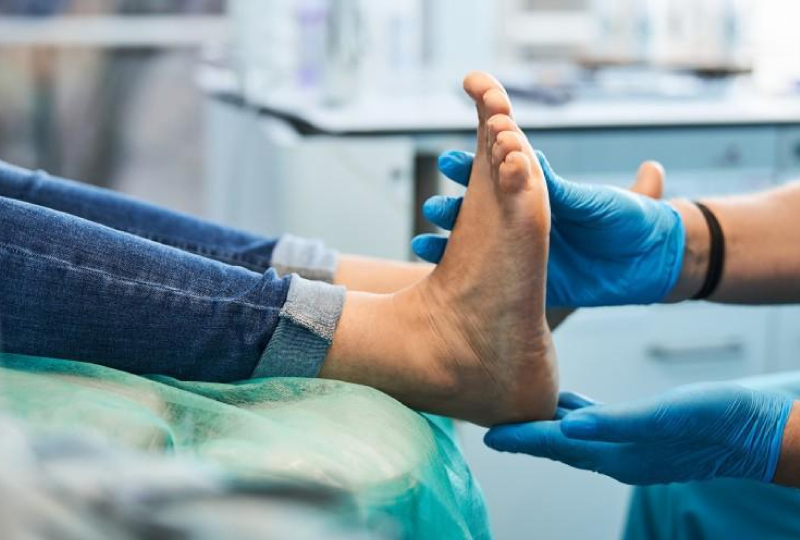What Are Ingrown Toenails?
Ingrown toenails occur when the edges or corners of your nails grow into the skin next to the nail. Your...

In a person with fallen arches, one or both feet may be flat on the ground, and shoes may wear unevenly, especially on one side, or they may wear out more quickly than usual.
Many people with fallen arches have no symptoms, but some may experience pain in their feet and even their back, depending on the cause.
Symptoms can vary and generally depend on the severity of the condition.
Some people have an uneven distribution of bodyweight and find that the heel of their shoes wears out more rapidly and more on one side than the other.
The most common symptom of flat feet is pain. Pain may occur in the feet, if the connecting ligaments and muscles are strained.
There may also be stiffness in one or both feet and it may also present in the:
The abnormal stresses on the knee and hip may result in pain. This is likely if the ankles turn inwards. Flat feet can also lead to pain in the low back.
Who gets flat feet?
In a human foot, there are 26 different bones, held together by 33 joints and over 100 muscles, tendons and ligaments.
The arches give spring to the step and distribute body weight across the feet and legs. The structures of the arches determine how a person walks. They need to be both sturdy and flexible to adapt to various surfaces and stress.
Causes of flat feet include:
People are more likely to develop flat feet if they have obesity or diabetes, or during pregnancy.
Flat feet can develop as people age. Daily use can cause the posterior tibial tendon to weaken. This tendon is the main support structure of the arch of the feet.
The tendon can become inflamed after overuse, known as tendinitis, or be torn. Damage to the tendon may cause the arch shape of the foot to flatten.
Flat feet can happen because of a developmental fault that occurs during childhood, or that develops with age, or after pregnancy.
Some people appear to have a very low arch or no arch without ever experiencing problems. Fallen arches or flat feet only need attention if they lead to discomfort, if they indicate another underlying disorder, or if they can lead to future pain elsewhere in the body.
Flat feet in children
Children and infants often look as if they have flat feet. The arch is usually there, but the feet are still forming. In time, the arch will appear as normal. The extra fat on an infant’s foot may also be hiding the arch.
Having apparently flat feet during early childhood does not mean that the person will always have flat feet.
However, if a child has flat feet because of incorrect bone development or another disease such as spina bifida, the underlying cause will need to be addressed.
Ingrown toenails occur when the edges or corners of your nails grow into the skin next to the nail. Your...
Plantar fasciitis (PLAN-tur fas-e-I-tis) is one of the most common causes of heel pain.
HealthPoint Podiatry in Liverpool provides expert foot, ankle, and lower limb care with a focus on comfort, quality, and lasting results
(02) 8749 9878
reception@healthpointpodiatry.com.au
Shop 7B, 389-393 Hume Highway Liverpool 2170